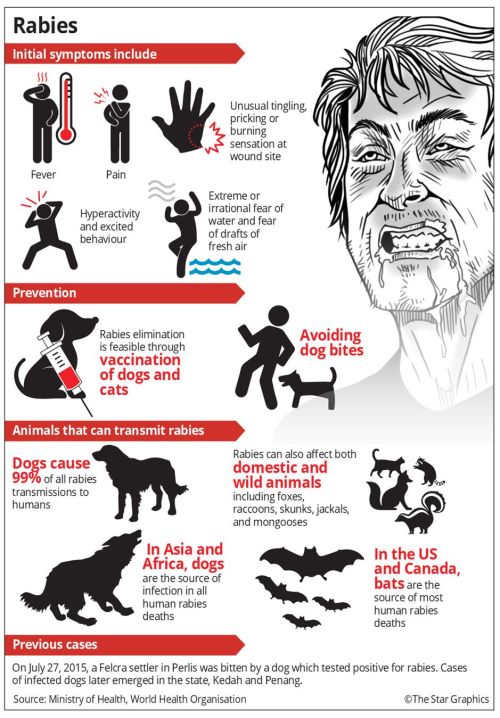A Coordinated Approach is putting a Stop to the Spread of Rabies in Nepal
A virus that infects your brain, makes you want to bite things, and is almost always fatal after symptoms appear probably sounds like something from a zombie movie. But this has been the modus operandi of rabies at least since 2300 BC, when it was described in the Eshuma Code of Babylon.
Rabies is a neglected zoonotic disease caused by an RNA virus. All mammals can be infected with the rabies virus, but dogs are the most important source of human rabies. Although the necessary evidence and tools are in place to control and eliminate rabies, the virus still has a worldwide distribution and is causing a significant health and economic burden to mainly developing countries in Africa and Asia.
According to a 2015 study, the virus kills 59,000 people annually. That’s 160 people every day, and the actual number might be far higher if we could count unreported or untreated cases. Most of these deaths occur in Asia and Africa, with India alone accounting for one-third of the world’s total mortality from rabies.
Rabies is estimated to cause around 10–20,000 Disability-Adjusted Life Years per year
in Nepal. Canine vaccination is a key constituent of any rabies elimination strategy, and according to World Health Organization guidelines, at least 70 per cent of dogs in an area must be covered. Regular revaccination is also needed as unprotected animals migrate into areas.There are several animal welfare organisations and societies in Nepal undertaking vaccination campaigns. However, there is no way of easily knowing who has vaccinated dogs, where and when.
Therefore, the dog data website was launched by Jim Pearson of the Himalayan Animal Treatment Centre charity, to show where and when anti-rabies vaccinations have taken place by mapping the locations of recently vaccinated dogs. The site was developed by Himalayan Animal Rescue Trust (HART) but involves the collaboration of other animal welfare NGOs as well. It also shows recent censuses of dog populations and will eventually include information on neutering campaigns.
Visitors to the site can initially see an overview of vaccination areas countrywide, and then they can zoom in to their own town and street to see when and by whom their local animals were vaccinated. The syringe symbols denoting each vaccination are green for the first four months, then turn yellow for the next four months, then red for the next four, and then finally into grey outlines for the last four months. After 16 months, the syringes disappear because it is presumed that by then the area will have lost most of its protection and the dogs should be re-vaccinated.
Many of the major animal welfare NGOs in Nepal are already contributing their data, including Animal Nepal, Community Dog Welfare and National Animal Welfare Research Centre, and several others have been invited to join.
Data collection is facilitated by the use of an Android mobile phone app, MARVIN, developed by HART. This app records vaccination data and calculates how many animals must be included to ensure at least 70% population coverage. If the app is not used, summary data can be posted to the site and can be shown over the town or village that has been covered to indicate the numbers of animals reached and date of delivery.
Owing to all these significant steps in the direction of rabies eradication, the annual mortality rate per 100,000 people from rabies in Nepal has decreased by 75.1% since 1990, an average of 3.3% a year.
The way forward for effective rabies control programmes lies in more collaboration, both within the country and within the region. Rabies can be controlled only through a coordinated one health approach. Making rabies the model zoonosis for successful control could be a powerful step towards achieving this.































